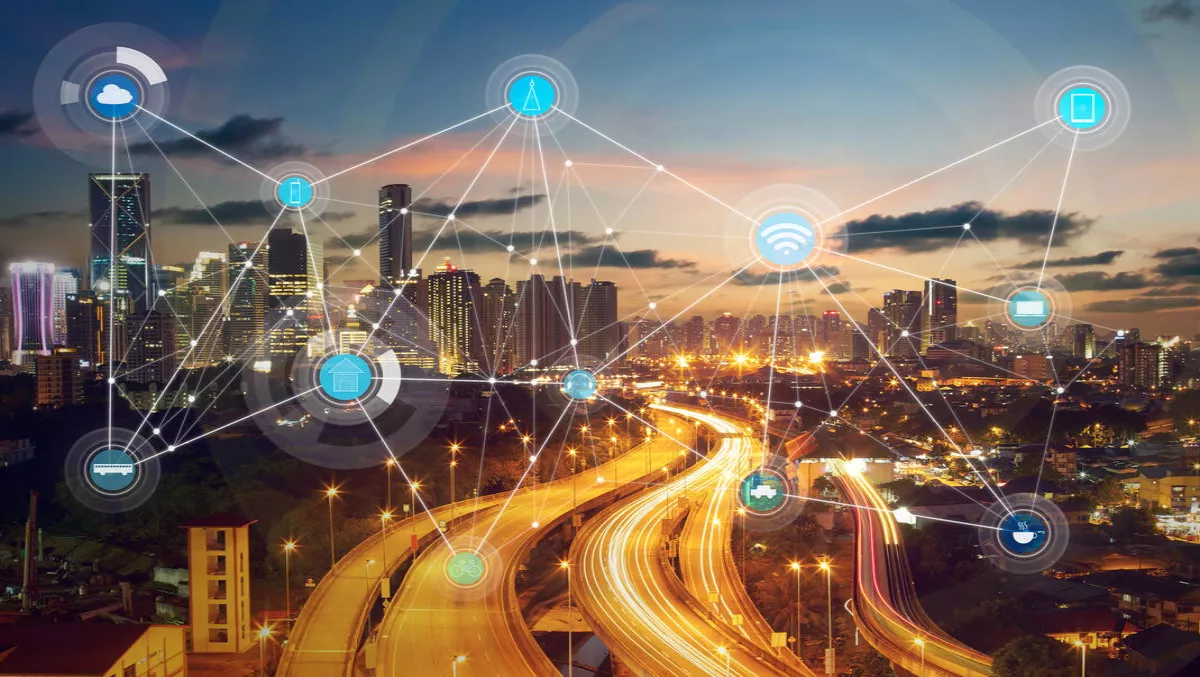
Who knew that Salesforce was a leader in IoT?
Networking vendor Cisco predicts that over the next few years billions of new devices will be connected to the internet. The concept is know as the Internet of Things (IoT)
While most people think of the consumer side of this revolution with vehicles - home appliances coming to mind.
In addition to this is a business and industry opportunity for the same technologies.
We're talking every from monitoring devices in our parks and rivers, through to tiny devices telling retailers when to stock up a particular shelf or refrigerator.
The problem is that up until recently, there hasn't been a unified, dependable and global service for storing all this data.
This isn't an insignificant amount of data either. While some devices like an electricity metre will only use a few kilobytes a month, an autonomous car is generating gigabytes of data an hour.
The undisputed leader in cloud software for the enterprise has set its sights on solving this problem.
They started with a Salesforce Thunder, which is a cloud-based real-time event processing engine.
It can take massive amounts of data flowing in from multiple devices and make decisions.
It takes specific or global rules that you've established and either immediately or with a delay acts.
Then Salesforce wrapped this into a larger IoT Cloud, which now forms one of our it's eight core product lines.
This adds monitoring of the state of the IoT device, the data traffic flow, data storage and has a series of tools to visually design your solution.
This isn't a consumer IoT monitoring platform; this is enterprise grade software which can be massively scaled up.
With this tool, you could monitor from hundreds to millions of devices.
Healthcare, logistics and environmental monitoring were the examples given, although the only limit is your imagination.
The real power and what sets Salesforce apart from its competitors is the ability to connect this IoT data with customer - service data.
For a client, you can setup an IoT profile, which then connects their CRM, Service with the live stream of IoT data. As a result data from the IoT device can trigger personalised engagements with the customer or spring your team members into action.
Their two products within the IoT Cloud:
IoT Profiles bring together critical data sources in real-time, including streaming event data from connected devices and contextual data from Salesforce, such as service history or open opportunities. When combined, companies can create rules that trigger meaningful customer experiences. For example, streaming data from a robot on a factory floor will be able to send an alert indicating a robot's arm is out of position. Combining this data with service level agreement information in Salesforce, the robot manufacturer can decide whether to dispatch an agent immediately or schedule maintenance at a later date.
IoT Traffic Monitor provides a real-time dashboard that empowers businesses to visualise the state of connected devices in relation to the customer experience. For example, a solar company will be able to visualise the various states of solar panels—from unregistered to installed to wattage generated—to validate that panels have been installed correctly or fix issues before a customer even knows there is a problem.
"We believe that all products should be connectable and that the information generated by every one of our products can be leveraged to serve our customers better," said Hervé Coureil, CIO at Schneider Electric.


